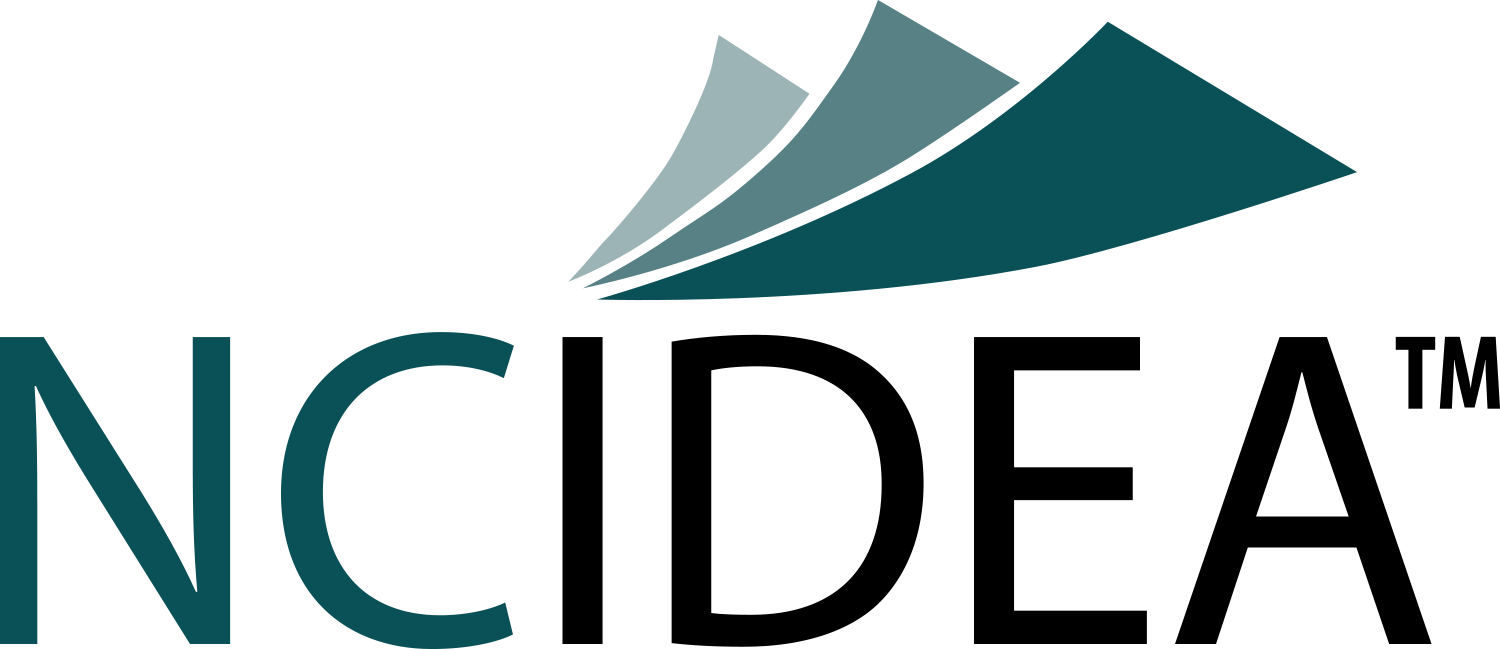It’s the beginning of the year, so the obvious topic is setting goals.
Most startup founders have big, audacious goals – “to change the world”, “to have revenue of $100M”, “to displace product X”, “to revolutionize industry y”. These types of goals are necessary, but not sufficient. To realize these lofty visions, you need short-term goals that will enable you to get there. These short-term goals will allow you to focus your limited resources as a startup, be that people or money, or both.
There are probably only one or two things that are critical to do THIS WEEK when running a startup, and only four or five things that are critical this month – everything else is “nice to have”. At this stage, you don’t get to execute on the big vision until you can execute on the small steps that are needed to get you there. There is so much missing data and things are indeed likely to change, that it’s not worth worrying about the detail of what you’ll be doing a year from now.
If you’re at that early stage (pre-revenue or early revenue) – think about your horizon and work back from there. For example, in six months what are the concrete, measurable signals that will tell you that it is worth continuing to pursue your startup? It might be getting a small angel round. It might be monthly recurring revenue. It might be number of users. But in all cases, they are targets – and if you aren’t hitting them, you will be able to take a step back and know things aren’t working the way you expected. These concrete goals strip away all the other fluff you thought was important.
Let’s say your goal is $1,000 in recurring monthly revenue in six months. If that requires 50 customers to purchase your product every month, how many should engage with your website (you should be tracking this data). Let’s say it’s 500 customers/month engaging with your site – there’s another goal. And if it’s 500 engaged, how many need to find you – maybe 2,000/month (again, something else you should be tracking). And if 2,000 get to your site, how many people need to hear about your product through your marketing outreach efforts? Maybe it’s 20,000? (Not to sound like a broken record, but you better be tracking this too – google “pirate metrics” for some good ideas around this topic).
With those as your goals for six months out, it’s pretty easy to work backwards to where you are today. And now you’ve got all the focus your small team needs to take the first steps toward reaching your big, audacious vision five years from now.
What about my own goals for 2019? NC IDEA just launched the Ice House Entrepreneurship Program, a program I manage. Our goal for this program is to educate 100,000 North Carolinians with an entrepreneurial mindset by 2025. That fits the criteria of big and audacious. Fortunately, my boss Thom Ruhe is an Entrepreneurial; so he didn’t require me to write a 50-page plan on how we are going to get there with specific goals for 2020, 2022 and 2024. But we did set some specific goals for 2019, even if we have no idea of how quick the uptake will be. Here are our small steps in 2019 toward reaching that larger goal: 1) Train 150 facilitators; 2) Identify the 30 “core” facilitators (our best users); and 3) Have our facilitators teach IHEP to 5,000 people. We think these are reasonable – but we can adjust as we gain more data and learn more. What’s important is that we have some clear objectives we are targeting so we can focus our efforts on those activities that generate these results – and figure out how to train the next 95,000 as we go along.
What are the two key metrics you are going to measure in the first half of 2019?
Written by Senior Director, John Austin
January 11, 2019


